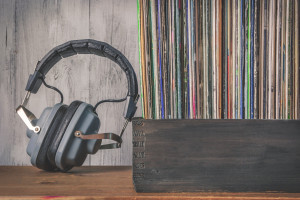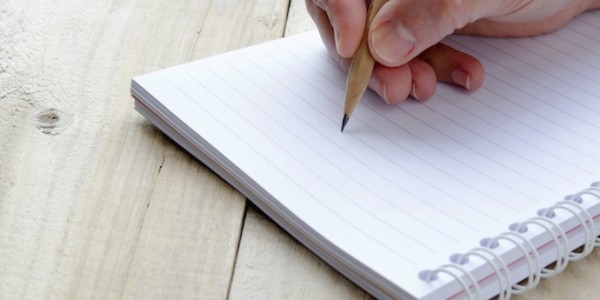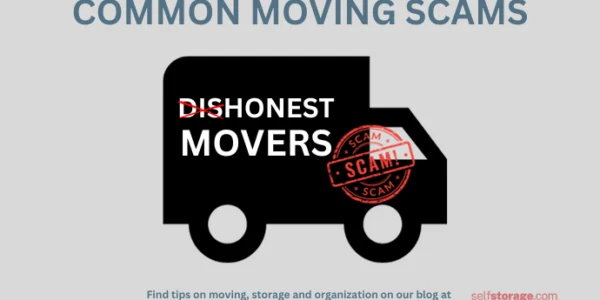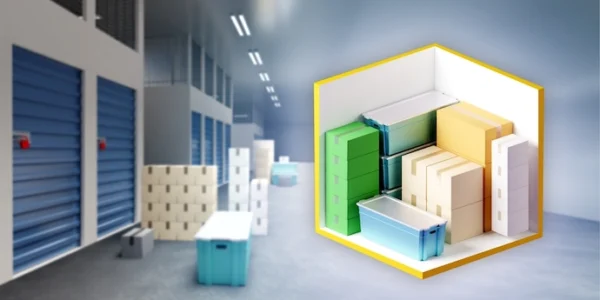Your vinyl record collection means a lot to you and we get it. Naturally, you want to keep these valuable pieces of music history in the best shape you possibly can. This can help guarantee their value in the future and ensure they remain usable, too. Here are our best tips for proper vinyl record storage.
How Long Can Vinyl Records Be Stored?
With proper storage techniques, vinyl records can last up to 100 years or even more. Unlike CDs or cassettes, vinyl records can stand the test of time if you keep them stored correctly in a climate controlled environment, or storage unit, and you handle them with care. Handling your vinyl records carefully is an important part of maximizing their life span.
To ensure your valuable vinyl records last at least that long, be sure to only handle them by the edges. Avoid touching, dirtying, or damaging the center of the record as this can ruin it pretty quickly. If possible, handle old vinyl records with felt gloves to reduce the risk of damage and always make sure to put them back in their inner sleeves.
How Do You Store Vinyl Records Properly?
To make sure your vinyl records stand the test of time, it’s important to keep them in a climate controlled area. The vinyl records shouldn’t be stored in a place that is too hot, too cold, or in areas with high humidity. If you’re storing your vinyl records in the garage, take them out of there. The garage is far too susceptible to extreme temperatures.
Excessive heat and humidity can cause vinyl records to warp or even melt. The ideal temperature range for storing vinyl records is 65°F to 70°F. If you rent a storage unit, make sure the temperature is controlled at all times to protect the albums.

Preparing and Cleaning Vinyl Records for Storage
Before you store your vinyl records, you want to make sure they are clean. Follow the steps below for the safest way to clean your records:
1. Start with a dry microfiber cloth. Dust both sides of the record without applying pressure.
2. Once the surface dust has been removed, dampen the cloth with room temperature water mixed with a few drops of vinyl cleaning solution. Wipe the record again without adding pressure.
3. Spin the record on a turntable or your record player to dry it.
4. Then return it to the original record sleeve if you have it. If you do not have the original outer sleeve, you can purchase plastic replacement outer sleeves to protect the record. The inner sleeves can also protect the vinyl record.
5. Keeping record dividers between albums also makes them easier to sort, minimizing contact whenever you do reach for one vinyl record.
Tips for Vinyl Record Storage
To ensure your records are safe, store them in an upright position. Do not stack them one on top of the other. Instead, stand them upright and slide them one behind the other. Do not overfill the storage box so as not to compress any of the items. You can store vinyl records in their respective sleeves within a cardboard mover’s box, a crate, or in a vinyl record display stand.

You can use dividers to separate albums and keep them stored in alphabetical order. If you want to keep one or two valuable pieces on display in your home to showcase the artwork, ensure the record is inside the sleeve, out of direct sunlight, and in a temperature-controlled environment.
Storing your vinyl records properly can ensure they retain their value or even increase in value over time. Whether your records have material value to you to sentimental, storing them correctly and handling them as little as possible is essential to protecting your vinyl albums.





